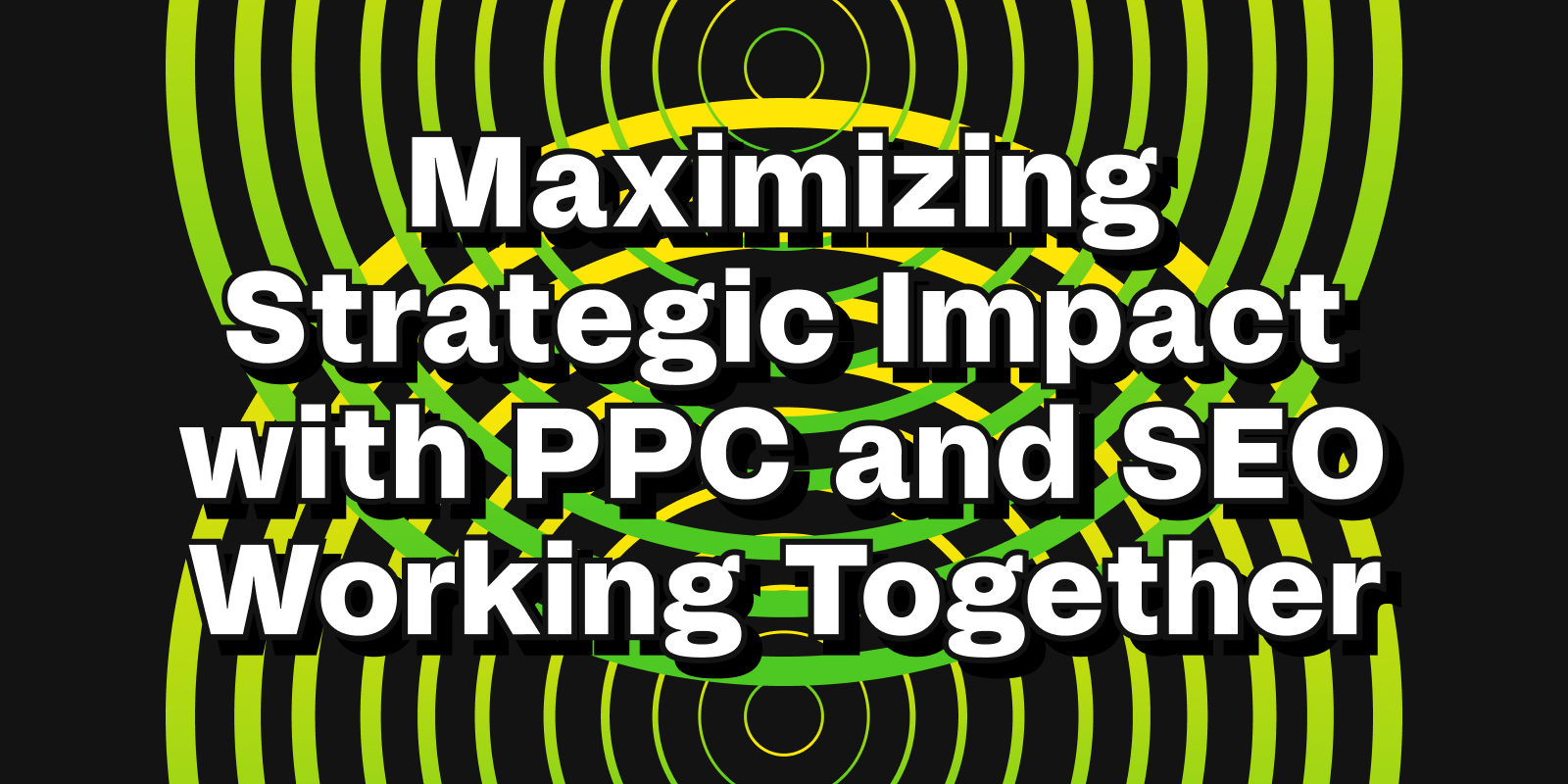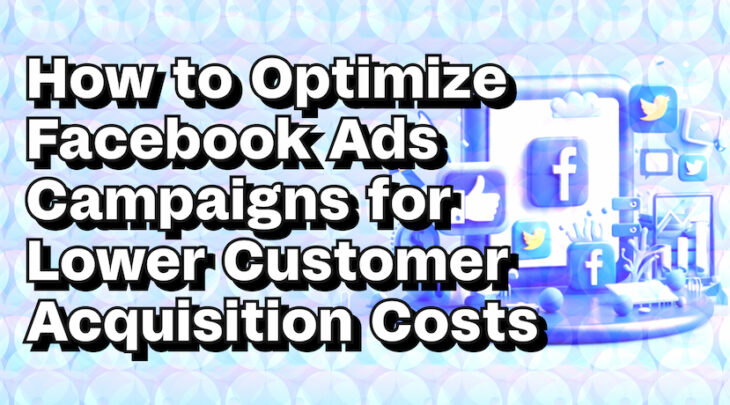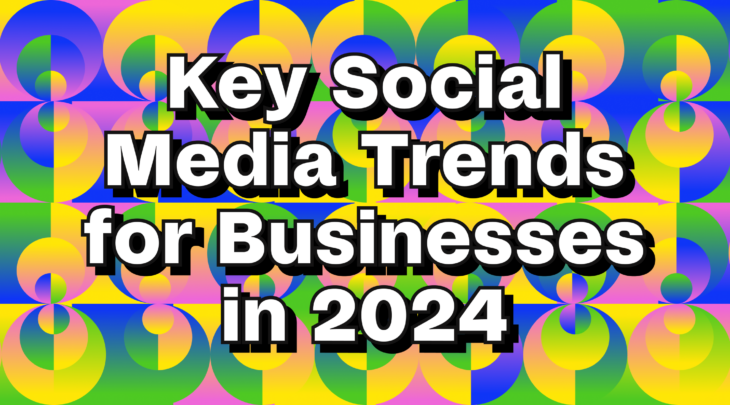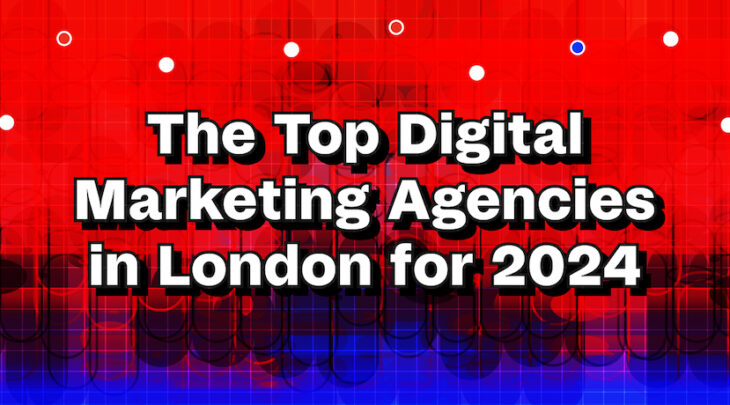In the vast landscape of digital marketing, two powerful search tool strategies often fight for the attention of marketers– Search Engine Optimization (SEO) and pay-per-click (PPC) advertising. Both offer powerful, unique abilities. In this blog post, we’ll explore how these seemingly distinct approaches can be integrated to maximize your results, emphasizing the collaborative potential of SEO and PPC.
Defining SEO and PPC
Before we dive into how PPC and SEO can work together to provide the ultimate search experience, it is important to have a clear understanding of what the two different functions are.
What is SEO?
SEO, or Search Engine Optimization, is the practice of enhancing a website’s visibility on search engines, primarily through organic (non-paid) means. It involves optimizing content, improving site structure, and acquiring backlinks to boost rankings organically on search engine result pages. One of the biggest benefits of SEO is that it is a completely free marketing option.
On the other hand, a disadvantage of SEO is that optimization does not typically lead to instant results. Instead, these results can take months or even years to begin appearing.
What is PPC?
PPC, or Pay-Per-Click, is an advertising model where advertisers pay a fee each time their ad is clicked. PPC advertising is typically done through search ads management platforms like Google Ads or Microsoft Ads. Unlike SEO, PPC is a quick way to appear at the top of search engine results, but it requires careful management of keywords and ad budgets and comes at a cost.
How Do You See SEO and PPC Working Together to Improve Results?
SEO can often be seen as a marathon, while PPC often resembles a sprint. While these two races might differ greatly in some aspects, there are parts of training that should overlap. A common mistake that we see many marketers make is treating these two functions as completely separate entities. They will consider learnings from one function without sharing those of the other.
PPC and SEO work together, not against one another. People often ask if running a PPC ad over a keyword that has a high organic ranking is a waste of money or will take traffic away from the organic listing, but a study done by Google shows that pausing a paid keyword when ranking highly organically results in an 89% loss of incremental traffic.
How Do I Align SEO and PPC?
In the ever-evolving field of digital marketing, the strategic alignment of SEO and PPC involves a sophisticated blend of tools and tactics that seamlessly bridges the gap between these two similar yet different strategies. Below are several examples of how you can make your PPC and SEO strategies work together to drive the best results for your business.
Utilizing PPC Tools to Optimize Organic Pages
The PPC platform, Google Ads, offers multiple tools that optimize your landing pages and improve conversion rates.
A/B Testing With Google’s Ad Variation Tool
A great way to align SEO and PPC efforts is the utilization of the Ad Variation tool in Google Ads. The Ad Variation tool allows you to effortlessly sample different A/B landing page variations, helping marketers gain valuable insights into user preferences. This gives them the ability to refine both organic and paid content. This method not only contributes to enhanced conversion rates but fosters a unified approach across channels.
Quality Scores & Landing Page Experience Scores

Google Ads’ Quality Score’s “Landing Page Experience” factor is a metric that evaluates how suitable a landing page is for each of your different keywords. If a landing page receives a “Below Average” ranking for a paid keyword, that is a good sign that adjustments are likely needed for the keyword to do well organically.
Several ways to include your landing page experience include ensuring your keyword is clearly listed on your landing page, guaranteeing your landing page is easy to navigate, and improving site speed. All these factors are ways to bolster organic rankings through SEO.
Utilizing PPC Tools to Test Copy
Similar to using Google Ads’ Ad Variation Tool for A/B testing landing pages, you can also use it to A/B test different headlines and descriptions to help identify which messaging most resonates with your audience on a search engine results page (SERP), resulting in higher click-through-rates (CTRs). The Ad Variation tool is a great way to test different keywords, calls to action, unique selling points, or value propositions and to determine what resonates the most with your audience.
Messaging on the SERP is also important for organic listings in SEO. A big part of SEO is updating your Title Tags and Meta Descriptions to entice users to click your link when they find you organically. Suppose we find that certain copy works well for paid ad headlines and descriptions. In that case, it will also likely work well for organic searches, as title tags and meta descriptions look very similar to headlines and descriptions on the SERP.
PPC Helps Identify Additional SEO Keywords for Which to Optimize
One of the most valuable cross-collaboration uses between PPC and SEO is that PPC is a great way to determine the keywords for which we should be optimizing our SEO strategy.
Due to SEO’s extensive implementation-to-results pipeline, determining whether or not to test new keywords proves a challenge. PPC strategy allows you to quickly experiment with new keywords to ascertain whether or not they are high value or going to drive desired results. If you do find value in a PPC keyword, you will likely choose to tailor your SEO strategy accordingly.
Similarly, if you find that a keyword performs poorly from a paid perspective, chances are these results will be mirrored organically.
The search term results page within Google Ads is also a great way to determine what kinds of messaging users are typing into the search bar to find your keyword. Not only do you want to start bidding on these search terms from a PPC perspective, but it is important to begin tailoring your landing page messaging to align with what users are searching for.
Additionally, aligning organic landing pages with successful paid keywords establishes messaging consistency. This unity enhances user experience and contributes to a comprehensive digital marketing strategy. The incorporation of high-performing paid keywords into organic content ensures a solidified approach, maximizing the impact of both SEO and PPC efforts.
SEO Page Optimizations for PPC Performance
Most paid search engine marketers utilize the same landing pages that SEO specialists optimize, deeming a win for an organic page to be a win for a paid landing page.
When SEO specialists optimize pages to improve site speed, improve mobile appearances, and apply CRO strategies to improve quality for organic visitors, paid visitors are going to reap the same benefits.
Harnessing the Power of Remarketing with PPC
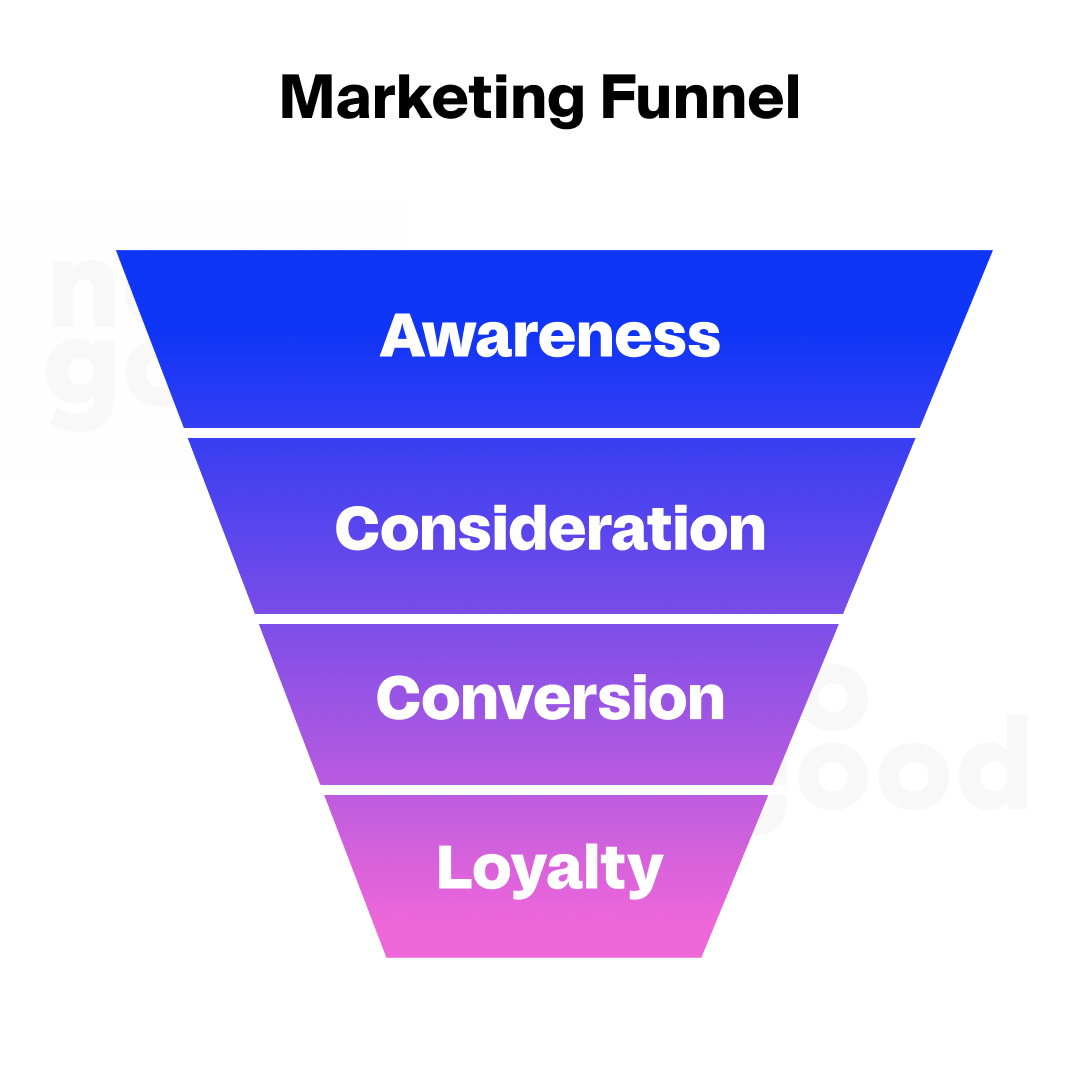
Organic rankings inherently generate more trusted traffic than paid ads. Leveraging this trust, PPC campaigns can strategically re-engage the visitors who organically visited a site but did not convert by developing remarketing audiences and targeting them through Search, Display, Video, PMax, or Demand Generation ads.
PPC, especially through remarketing campaigns, becomes a valuable tool for educating previously acquired visitors. By sharing additional brand details and reinforcing value propositions, businesses encourage visitors to return for final conversions. This approach extends the customer journey, aligning with a comprehensive digital marketing strategy.
In essence, the integration of SEO and PPC necessitates the thoughtful alignment of tools, strategies, and optimizations. This collaborative effort ensures that insights from one domain seamlessly inform the other, resulting in a holistic, high-performing online presence that maximizes results across channels.
Conclusion
In the evolving landscape of digital marketing, the line between SEO and PPC is blurred. Recognizing that they are not mutually exclusive but, when integrated strategically, form a potent combination is key. By aligning landing pages, keywords, and optimization efforts, businesses can not only enhance their online visibility, but drive higher conversion rates. In the end, it’s not about choosing between SEO and PPC but about harnessing their collective strength for a comprehensive and effective digital marketing strategy.
